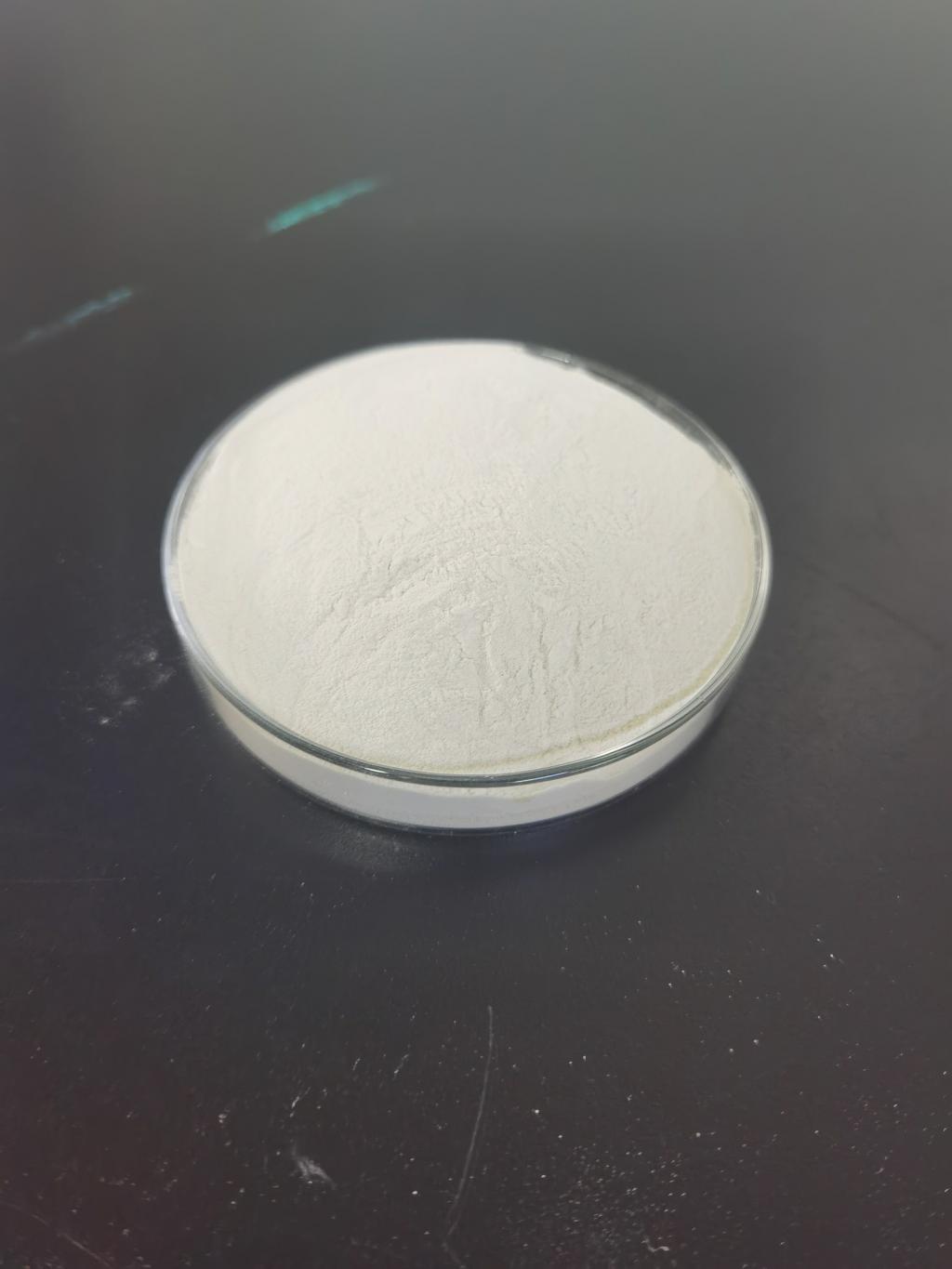
 CONTACT
CONTACT
- Linkman:Linda Yao
- Tel: +8618231198596
- Email:linda.yao@dcpharma.cn
- Linkman:CHARLES.WANG
- Department:Overseas
- Tel: 0086 0311-85537378 0086 0311-85539701
Nisin and Precision Agriculture: Enhancing Crop Preservation with Data
TIME:2023-12-28
In recent years, the intersection of food science and technology has paved the way for innovative solutions in agriculture. Precision agriculture, leveraging data-driven approaches, has emerged as a transformative force in crop management. This article explores the potential synergy between nisin, a natural antimicrobial agent, and precision agriculture in revolutionizing crop preservation. By combining the antimicrobial properties of nisin with the precision of data-driven farming techniques, we delve into how this dynamic duo could offer sustainable solutions to enhance crop shelf life, reduce waste, and address global food security challenges.
1. Introduction: Precision Agriculture in the Modern Era
Precision agriculture is a farming management concept that utilizes data-driven technologies to optimize field-level management with regard to crop farming. This approach involves the integration of various technologies, including satellite imagery, sensors, GPS-guided machinery, and data analytics, to make informed decisions about crop cultivation. As the world faces increasing challenges in feeding a growing population while minimizing environmental impact, precision agriculture has gained prominence as a means to improve efficiency, reduce resource usage, and increase overall crop yields.
2. Nisin: A Natural Antimicrobial Agent
Nisin is a natural antimicrobial peptide produced by certain strains of lactic acid bacteria, primarily Lactococcus lactis. It has been used as a food preservative for decades due to its ability to inhibit the growth of a wide range of Gram-positive bacteria, including those responsible for food spoilage and foodborne illnesses. The use of nisin in food preservation aligns with the growing consumer demand for natural and clean-label ingredients, making it an attractive option for enhancing the shelf life of perishable goods.
3. The Synergy of Nisin and Precision Agriculture
3.1. Targeted Application with Precision Spraying Systems
One of the key advantages of precision agriculture is the ability to apply inputs, such as fertilizers or pesticides, precisely where and when they are needed. Similarly, nisin can be applied in a targeted manner using precision spraying systems. By integrating data on disease prevalence, weather conditions, and crop health, farmers can optimize the application of nisin to areas at higher risk of microbial contamination. This targeted approach not only maximizes the efficacy of nisin but also minimizes its environmental impact.
3.2. Data-Driven Decision Making for Nisin Application
Precision agriculture relies on vast amounts of data collected from various sources, including sensors, drones, and satellite imagery. By analyzing this data, farmers gain insights into the health and conditions of their crops. Integrating information on microbial threats with precision agriculture data allows for proactive decision-making regarding nisin application. For example, if the data indicates an increased risk of fungal infections in a specific region of the field, farmers can preemptively apply nisin to mitigate the threat and preserve crop quality.
4. Sustainable Agriculture: Reducing Waste and Enhancing Food Security
4.1. Minimizing Chemical Residues
Nisin's natural origin and targeted application contribute to the overall goal of sustainable agriculture by reducing the reliance on synthetic chemical preservatives. Unlike traditional chemical preservatives, nisin is considered safe for human consumption and does not leave harmful residues on crops. This aligns with the growing consumer preference for clean and environmentally friendly agricultural practices.
4.2. Extending Shelf Life and Reducing Food Waste
One of the primary challenges in the global food supply chain is the significant amount of food lost or wasted at various stages, from farm to fork. By leveraging the antimicrobial properties of nisin in conjunction with precision agriculture, farmers can extend the shelf life of crops, reducing the likelihood of spoilage during storage and transportation. This not only contributes to food security but also addresses the environmental impact associated with food waste.
5. Challenges and Considerations
5.1. Regulatory Approval and Consumer Perception
While nisin has a long history of safe use in food preservation, regulatory approval for its application in precision agriculture may pose challenges. Addressing these regulatory considerations and ensuring transparent communication about the benefits and safety of nisin in precision agriculture are crucial steps in the integration of this innovative approach.
5.2. Technological Adoption and Accessibility
The successful implementation of precision agriculture requires access to advanced technologies, which may pose challenges for farmers in certain regions or with limited resources. Efforts to enhance technological accessibility and provide support for the adoption of precision agriculture practices are essential for widespread success.
6. Future Prospects and Conclusion
The combination of nisin and precision agriculture holds significant promise for the future of crop preservation and sustainable agriculture. As technology continues to advance and the global agricultural landscape evolves, the integration of natural antimicrobial agents with data-driven farming practices could become a mainstream approach to enhance food security, reduce waste, and promote environmentally friendly agricultural practices. Researchers, farmers, and policymakers must collaborate to address challenges and unlock the full potential of this innovative synergy, ensuring a resilient and sustainable future for global agriculture.
- Tel:+8618231198596
- Whatsapp:18231198596
- Chat With Skype







